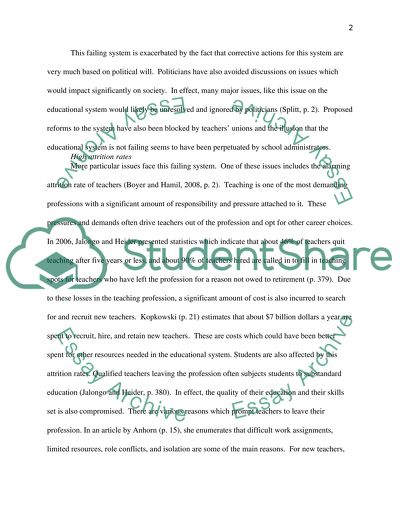Cite this document
(“Repairing Americans Failing Education System Research Paper”, n.d.)
Repairing Americans Failing Education System Research Paper. Retrieved from https://studentshare.org/sociology/1433414-repairing-americans-failing-education-system
Repairing Americans Failing Education System Research Paper. Retrieved from https://studentshare.org/sociology/1433414-repairing-americans-failing-education-system
(Repairing Americans Failing Education System Research Paper)
Repairing Americans Failing Education System Research Paper. https://studentshare.org/sociology/1433414-repairing-americans-failing-education-system.
Repairing Americans Failing Education System Research Paper. https://studentshare.org/sociology/1433414-repairing-americans-failing-education-system.
“Repairing Americans Failing Education System Research Paper”, n.d. https://studentshare.org/sociology/1433414-repairing-americans-failing-education-system.


